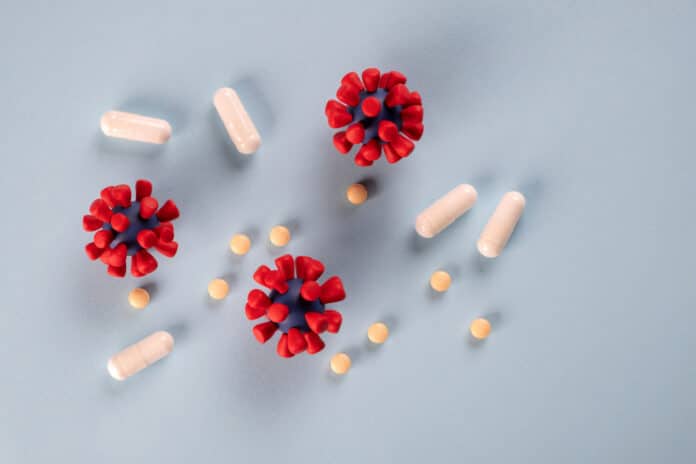In the battle against drug-resistant superbugs, researchers have developed a synthetic antibiotic that shows potential in combating these dangerous microbes. With the rise of antibiotic resistance, finding new solutions is crucial to maintain effective treatments against bacterial infections.
After many years of research at Duke University, scientists have discovered a new way to fight harmful bacteria that cause infections like urinary tract infections. This new method involves a man-made molecule that can quickly and effectively target bacteria like Salmonella, Pseudomonas, and E. coli. In tests on animals, this molecule proved to work well and last a long time. This molecule disrupts the bacteria’s ability to create its outer protective layer, like its skin. It makes the bacteria weaker and easier to fight off.
According to Pei Zhou, a Duke School of Medicine scientist, when bacteria stop making their outer layer, they can’t stay alive. He said,” their new molecule, LPC-233, is solid and strong.”LPC-233 was tested on many harmful bacteria, which could destroy the outer layer in all of them. Even bacteria that were very hard to kill with regular medicines were defeated.
The action of LPC-233 is very quick. In a mere four hours, it can mitigate the harmfulness of bacteria by a factor of almost 100,000. Upon oral consumption, LPC-233 is capable of targeting the urinary tract, retaining its efficacy. This property holds potential in addressing persistent urinary tract infections resistant to rapid resolution, as indicated by researchers.
When researchers tested the compound at solid levels, the bacteria had a tough time developing ways to resist it. The research paper was published on August 9 in a Journal called Science Translational Medicine. They also tried this compound on animals.
Researchers gave it to the animals by mouth or by injecting it. In one test, mice were given many bacteria that should have made them sick, but the new compound saved them. Finding this compound took a very long time because they needed it to be very specific and safe for use. This search took many years because they had to ensure it was right.
Zhou credited his late colleague, former Duke Biochemistry Chair Christian Raetz, for starting the search decades ago and said, “He spent his entire career working on this pathway. Dr. Raetz proposed a conceptual blueprint for this pathway in the 1980s, and it took him over two decades to identify all the players.”
The new drug focuses on an enzyme called LpxC, which is crucial for creating the outer protective layer of harmful bacteria. This enzyme is a vital part of what’s known as the “Raetz pathway.” Years ago, a scientist named Raetz worked on this at Merck & Co. However, their antibiotic only worked against one type of bacteria and needed to be more practical for widespread use.
Raetz later joined Duke University, and Zhou joined him in researching this enzyme’s structure. They improved the molecule and made it more strong. They aimed to ensure it worked well without causing heart problems, an issue before human trials.
Both researchers worked on more than 200 versions of a blocker for the enzyme. They wanted it to be safer and stronger. One version, number 233, turned out to be the best. The molecule, called LPC-233, fits into a special place on the enzyme, stopping it from working. It is like jamming a vital part of a machine.
LPC-233 molecule works in two steps. First, it attaches to the enzyme. Then, it changes its shape to stay connected even better. It makes it last longer than the harmful bacteria it’s fighting. The enzyme remains blocked even after the body removes the rest of the molecule.
Researchers are making patents for these molecules and have started a company called Valanbio Therapeutics, Inc. They want to work with others to test LPC-233 on people to see if it’s safe and works well. All the tests they did were on animals, so they need to ensure it’s safe for people, especially the heart. The molecule LPC-233 was created by a scientist named David Gooden, and many other scientists helped with different parts of the research.
Journal Reference:
- JINSHI ZHAO, C. SKYLER COCHRANE et al., Preclinical safety and efficacy characterization of an LpxC inhibitor against Gram-negative pathogens. Science Translational Medicine. DOI: 10.1126/scitranslmed.adf5668.
